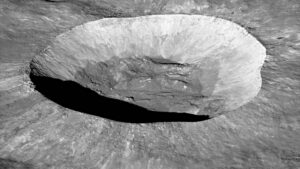On January 31, heavy rains pummeled Australia’s arid Northern Territory, triggering a remarkable and rarely seen phenomenon at Uluru-Kata Tjuta National Park.
During the region’s very rare downpours, rainfall collects at the top of Uluru rock. As the water spills over the monolith’s sides, it creates transient waterfalls and alters the sandstone from a tawny grey to shades of orange and red. The waterfalls only last a few minutes.
Owing to Uluru’s landlocked and barren location, rainstorms are rare, and mass rainstorms like the one experienced this week occur only once or twice a year. Park officials reported 70mm of rainfall on Uluru between January 30 and 31. The region’s annual average is just below 300mm.
The Uluru monolith
Sometimes called Ayers Rock, Uluru s a 600-million-year-old sandstone monolith, and one of the most recognizable natural landmarks in the world. It juts 348m up and above the grassy flatlands of Central Australia and stretches 9.4km across.
It’s especially important to Anangu tribes, who have inhabited the region for more than 30,000 years. It is also a sacred destination for aboriginal peoples from the Western Desert.
Uluru, along with the surrounding Uluru-Kata Tjuta National Park, is listed as a UNESCO World Heritage site.






